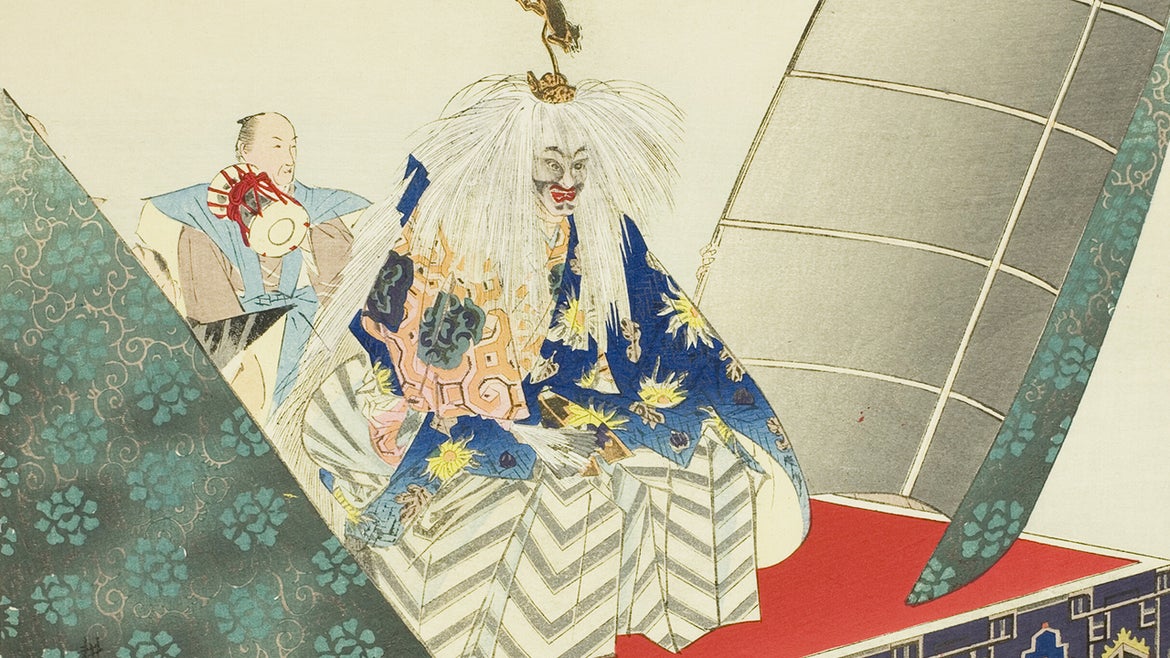The myth behind the Tamamo-no-Mae, the deadly nine-tailed fox who is supposedly imprisoned in the "killing stone," extends over millennia and is well-documented in various forms of Japanese literature, including Noh plays and anime films.
Anyone familiar with the Japanese legend of Sessho-seki, or the “killing stone,” should be alarmed following reports earlier this week the volcanic rock has recently split in two. According to mythology, the rock traps the spirit of Tamamo-no-Mae, a deadly and immortal nine-tailed fox responsible for the collapse of dynasties and the deaths of thousands across Asia in ancient times.
The volcanic rock is located in Nasu, a town known for its sulphuric hot springs, located in the Tochigi prefecture about a two-hour train ride away from Tokyo. The area is popular among tourists, and the stone is well-marked as a hot spot for sightseeing.
Recent visitors, however, were less excited to see the fractured stone.
“I feel like I’ve seen something I shouldn’t see,” read a tweet in Japanese, which accompanied a photo of the sulphuric rock split in two. "I'm getting really scared."
According to ancient Japanese mythology, well-documented in centuries of literature including novels, anime films and Noh plays, Tamamo-no-Mae first appeared in China in 1000 B.C. as a beautiful woman. She became the queen to the emperor residing over the Shang Dynasty and through seduction, she led the emperor into misruling his subjects. Her tricks eventually led to the collapse of the Shang Dynasty.
She re-appeared in Magadha, an ancient kingdom that is today a part of India, when she became the first wife of a prince and tricked him into beheading thousands.
Eventually, Tamamo-no-Mae made her way to Japan. She served in ancient Kyoto’s Imperial Court, and the emperor eventually fell in love with her. As a result of her influence, the emperor grew sicker and sicker, until a mystic identified her, and ran her out of Kyoto.
When a rumor began circulating of a nine-tailed fox abducting young women and girls in the Nasu district, the Imperial Court sent an army of 80,000 to Nasu to fight the creature.
She was eventually defeated by a samurai by the name of Kazusa Hirotsune, and her body became a toxic rock that killed any human or animals that got near it.
Hundreds of years later, around 1300, a monk approached the rock after purifying his body and soul in the nearby hot springs, chanted a powerful sutra, and divided the rock, weakening its deadly powers.
While many stones around Japan have been dubbed the Sessho-seki, the one in Nasu today was identified as the main one, even becoming registered as a local historical site in 1957 with a nearby shrine dedicated to the nine-tailed fox.
The future of the fractured “killing stone” is now being discussed among Japanese government officials, though locals to the area hope the stone will be preserved in some form and remain in Nasu, the Guardian reported.






